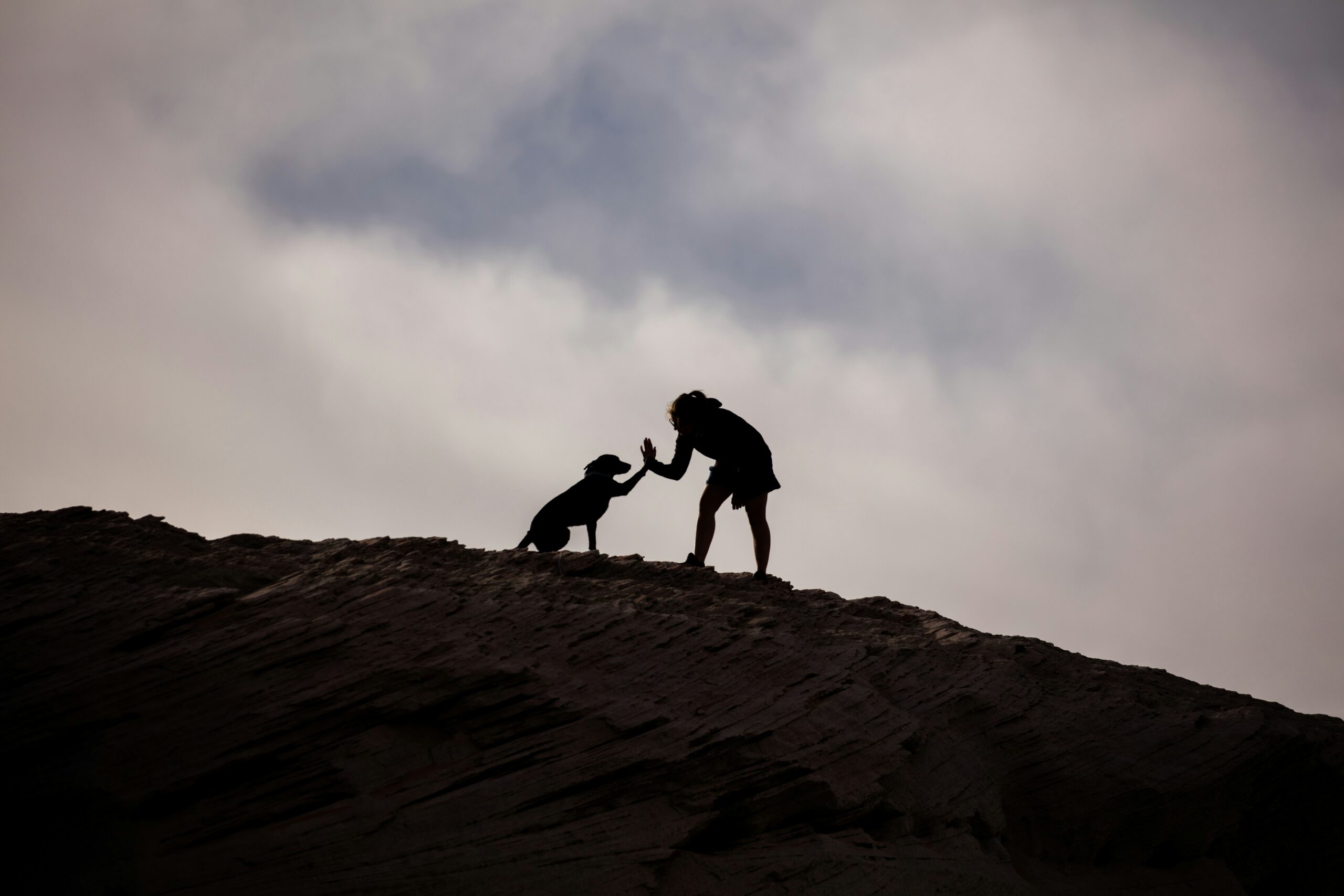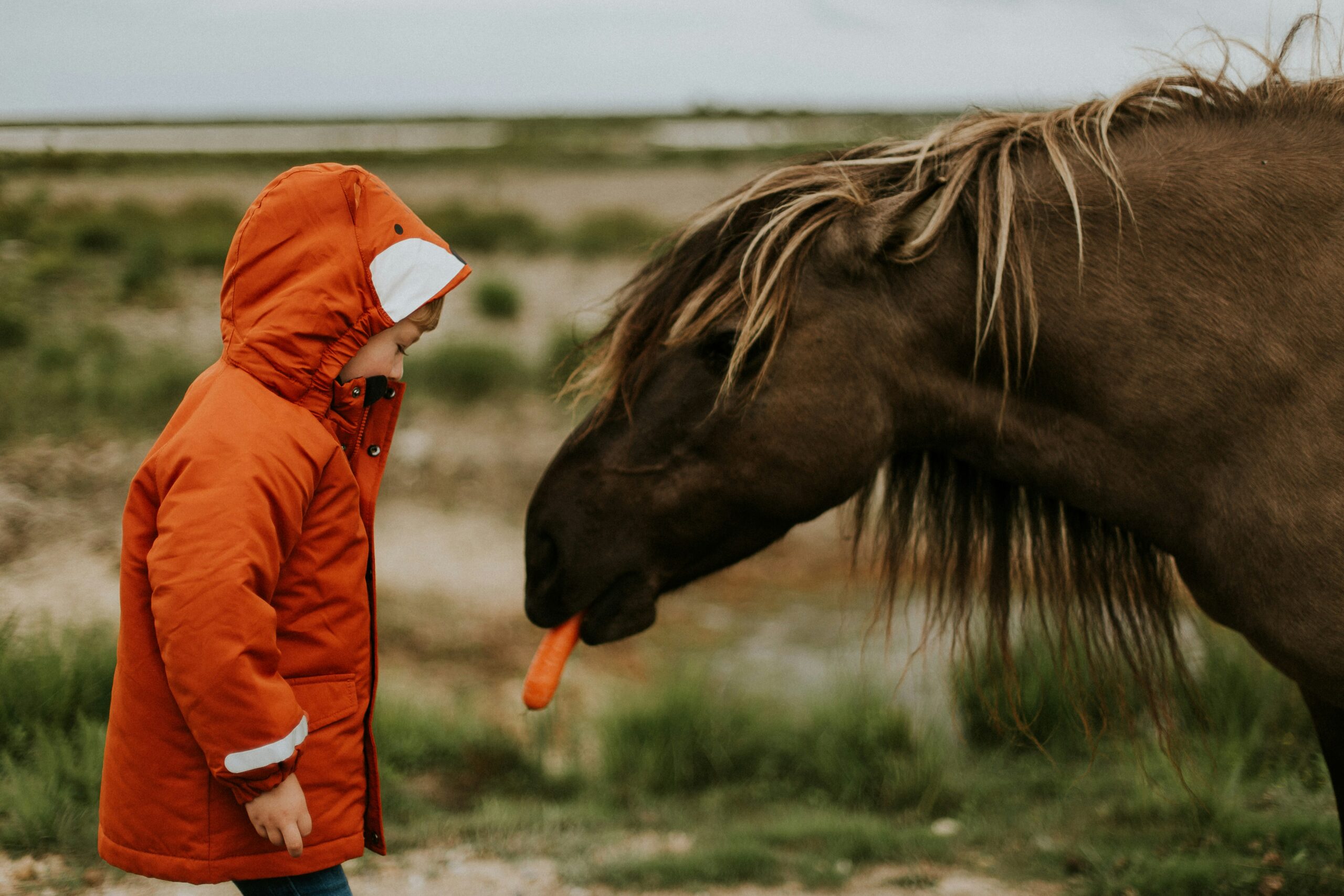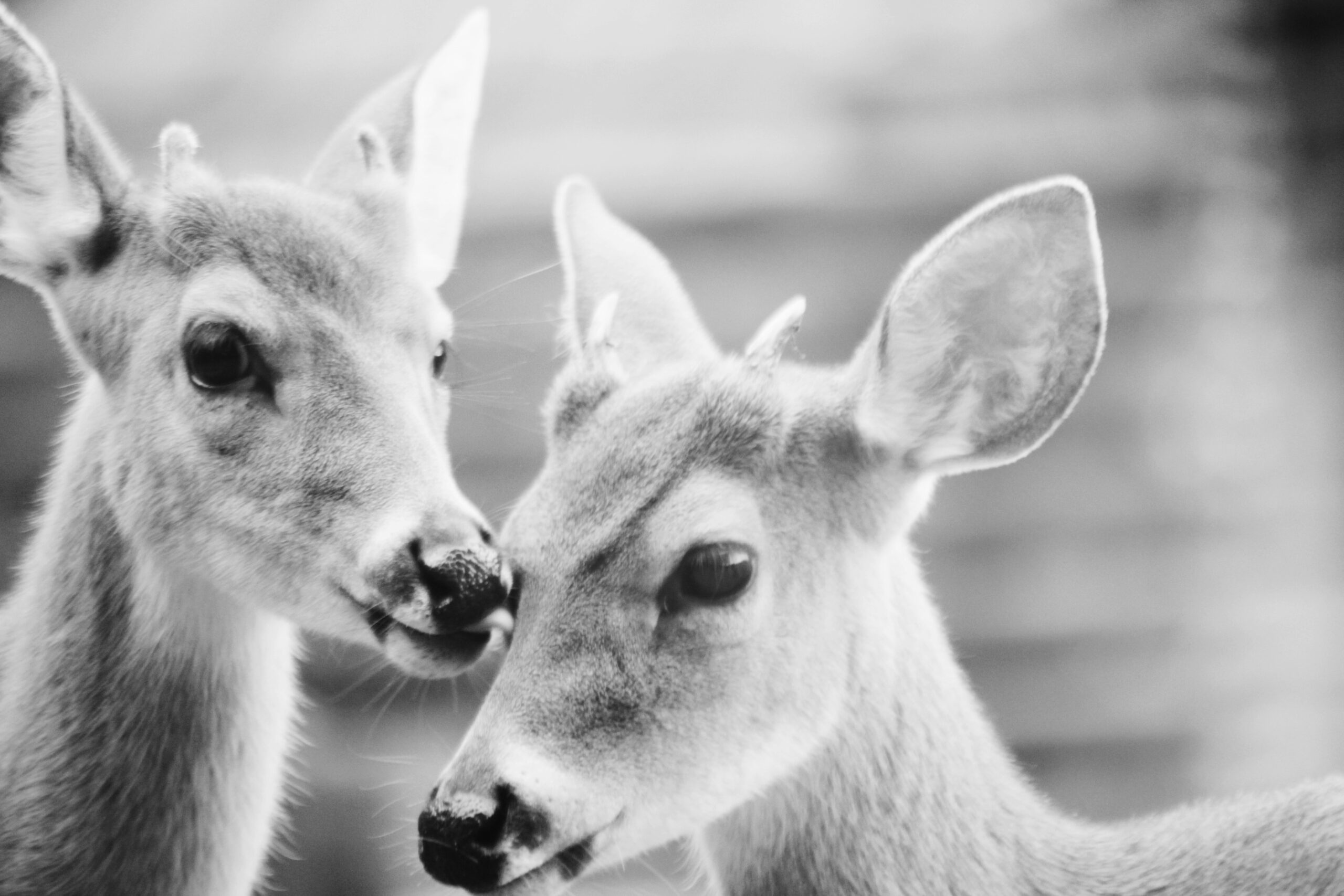Introduction
The emotional connection between humans and animals transcends species boundaries, creating shared worlds of empathy, trust, and companionship. Whether it’s the unwavering loyalty of a dog, the intuitive bond with a horse, or the fleeting moment of connection with a wild creature, these relationships reveal the depth of emotional interplay between species. This article explores the emotional dimensions of human-animal relationships, delving into psychological, biological, and sociological factors that shape these bonds. Through stories, science, and cultural insights, we uncover how these connections enrich lives and challenge our understanding of sentience and coexistence.
The Psychological Foundations of Emotional Bonds
Humans are inherently social creatures, and our capacity for emotional connection extends beyond our species. Psychological research highlights that animals, particularly mammals, possess emotional capacities that mirror our own. A 2018 study in Animal Cognition found that dogs exhibit jealousy-like behaviors when their owners interact with other dogs, suggesting a complex emotional life. This capacity for emotion allows animals to form attachments with humans, creating a feedback loop of affection and trust.
Attachment theory, originally developed to explain human relationships, applies to human-animal bonds. Pets often serve as “secure bases,” providing comfort and stability. For example, children with autism spectrum disorder often find solace in pets, who offer non-judgmental companionship. A 2022 study in Frontiers in Psychology showed that therapy dogs reduced anxiety in children with autism, highlighting the therapeutic potential of these bonds.
Grief is another shared emotional experience. Humans mourn the loss of pets, and animals display grief-like behaviors. Elephants, for instance, revisit the bones of deceased herd members, a behavior documented in a 2023 Journal of Ethology study. These shared emotional experiences underscore the depth of connection, creating a world where humans and animals navigate joy and sorrow together.
The Biology of Bonding
The emotional connection between humans and animals is rooted in biology. The release of oxytocin during positive interactions, such as petting a dog or grooming a horse, fosters bonding. A 2020 study in PNAS found that mutual gazing between humans and dogs increased oxytocin levels in both, similar to mother-infant bonding. This biochemical link explains why pet ownership is associated with lower stress and improved mental health.
Mirror neurons, which fire when observing another’s actions, also play a role. When a human watches a dog wag its tail or a cat purr, these neurons activate, fostering empathy. This neurological mirroring creates a shared emotional world, where humans intuitively understand animal cues, and vice versa. For instance, horses are highly attuned to human body language, responding to subtle shifts in posture or tone, as noted in a 2024 Equine Veterinary Journal study.
Evolutionary biology further explains this connection. Humans and animals co-evolved, with species like dogs adapting to human social cues over millennia. This co-evolution has created a unique compatibility, where emotional signals are mutually understood, strengthening the bond.
Cultural Narratives of Emotional Connection
Cultures worldwide celebrate the emotional bond with animals through stories, art, and rituals. In Native American traditions, animals are spirit guides, embodying wisdom and emotional resonance. The Lakota Sioux, for example, view the buffalo as a symbol of abundance and emotional strength, integral to their spiritual identity.
In modern contexts, literature and media amplify these connections. Books like Marley & Me and films like Hachiko depict the profound loyalty of dogs, resonating with audiences globally. In Japan, the story of Hachiko, a dog who waited daily for his deceased owner, is a cultural touchstone, symbolizing unwavering devotion. These narratives reflect a universal human need to connect emotionally with animals, transcending cultural boundaries.
Social media has further amplified these connections. Platforms like Instagram showcase stories of rescued animals and their human companions, fostering a global community of empathy. A 2025 X post analysis revealed that animal rescue videos garnered millions of views, with comments reflecting shared emotional experiences, from joy to heartbreak.
Emotional Bonds in Practice
Companion Animals
Pets are the most visible expression of human-animal emotional bonds. In the U.S., 70% of households own pets, according to a 2024 American Veterinary Medical Association survey. Dogs and cats provide companionship, alleviate loneliness, and even improve physical health. For elderly individuals, pets combat isolation, with studies showing reduced blood pressure and increased life satisfaction among pet owners.
Therapy animals take this bond further. Hospitals and schools employ dogs, horses, and even llamas to provide emotional support. A 2023 Journal of Clinical Psychology study found that therapy dogs reduced PTSD symptoms in veterans, illustrating the healing power of these connections.
Working Animals
Working animals, such as guide dogs or search-and-rescue dogs, form emotional bonds through shared purpose. Guide dogs, for instance, develop deep trust with their handlers, navigating the world together. A 2024 Disability Studies Quarterly article highlighted how guide dog users describe their dogs as partners, not tools, emphasizing mutual emotional reliance.
Wildlife Interactions
Even in the wild, emotional connections emerge. Wildlife rehabilitators often form bonds with animals they care for, such as orphaned orangutans or injured birds. These relationships, though temporary, are marked by mutual trust. A 2025 Wildlife Conservation Society report detailed how rehabilitated sea turtles, released into the ocean, sometimes linger near their human caretakers, suggesting a fleeting but profound connection.
Challenges to Emotional Coexistence
Despite the beauty of these bonds, challenges persist. The pet industry, while fostering companionship, often prioritizes profit over welfare. Puppy mills and unethical breeding practices lead to health issues and emotional distress in animals. The ASPCA estimates that 1.5 million animals are euthanized annually in U.S. shelters, a stark reminder of the consequences of overbreeding and abandonment.
In wildlife contexts, emotional connections can complicate conservation. Humans may anthropomorphize animals, leading to misguided interventions, such as feeding wild animals, which disrupts ecosystems. The 2023 National Park Service guidelines warn against feeding wildlife, as it can foster dependency and aggression.
Cultural differences also create tension. In some cultures, animals revered in one society are consumed in another. For instance, while dogs are beloved pets in the West, they are eaten in parts of Asia, sparking ethical debates. Navigating these differences requires cultural sensitivity and dialogue to foster mutual understanding.
The Role of Education and Advocacy
Education is key to nurturing emotional connections while addressing challenges. Programs teaching children about animal welfare, such as those by the Humane Society, foster empathy from a young age. By understanding animals’ emotional needs, individuals can make informed choices, such as adopting from shelters or supporting ethical brands.
Advocacy groups amplify these efforts. Organizations like PETA and World Animal Protection campaign for better treatment of animals, from ending circus performances to improving farm conditions. These movements rely on the emotional resonance of human-animal bonds to drive change, using stories and imagery to connect with audiences.
The Future of Shared Worlds
As society evolves, so does the human-animal emotional connection. Technology, such as AI-powered pet monitors, enhances our ability to understand animals’ emotional states, strengthening bonds. Virtual reality experiences, like those simulating swimming with dolphins, foster empathy for wildlife without disturbing ecosystems.
Climate change poses a threat to these connections, as habitat loss disrupts animal populations. Collaborative global efforts, such as the 2025 UN Biodiversity Conference, aim to protect shared ecosystems, ensuring animals and humans can continue to connect emotionally.
Ultimately, the future lies in empathy-driven policies and practices. By recognizing animals as sentient beings with emotional lives, humans can build a world where shared emotional experiences are celebrated and protected.
Conclusion
The emotional connection between humans and animals creates shared worlds of trust, love, and mutual understanding. Rooted in biology, shaped by culture, and expressed through companionship and conservation, these bonds enrich lives and challenge us to act ethically. While obstacles like exploitation and cultural differences persist, education, advocacy, and technology offer paths forward. By nurturing these connections, humans and animals can continue to share worlds where emotions bridge the gap between species, fostering a legacy of empathy and coexistence.




